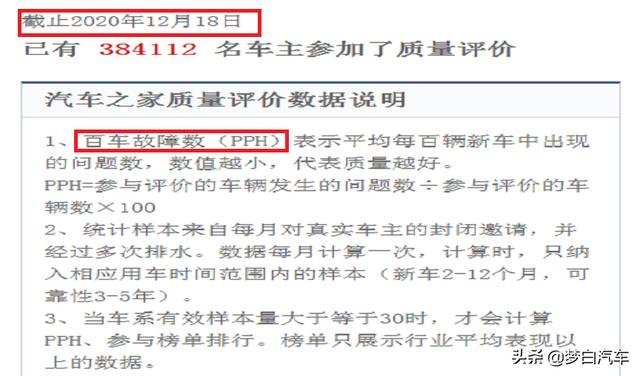基于MRI的机器学习放射组学可以预测HER2高表达乳腺癌
MRI-based machine learning radiomics can predict HER2 expression level and pathologic response after neoadjuvant therapy in HER2 overexpressing breast cancer.影响因子: 5.736PMID:33039708期刊年卷:EBioMedicine 2020 Oct 08;61DOI:10.1016/j.ebiom.2020.103042作者列表: Bitencourt AGV, Gibbs P, Rossi Saccarelli C, Daimiel I, Lo Gullo R, Fox MJ, Thakur S, Pinker K, Morris EA, Morrow M, Jochelson MS,
BACKGROUND:To use clinical and MRI radiomic features coupled with machine learning to assess HER2 expression level and predict pathologic response (pCR) in HER2 overexpressing breast cancer patients receiving neoadjuvant chemotherapy (NAC).
METHODS:This retrospective study included 311 patients. pCR was defined as no residual invasive carcinoma in the breast or axillary lymph nodes (ypT0/isN0). Radiomics/statistical analysis was performed using MATLAB and CERR software. After ROC and correlation analysis, selected radiomics parameters were advanced to machine learning modelling alongside clinical MRI-based parameters (lesion type, multifocality, size, nodal status). For predicting pCR, the data was split into a training and test set (80:20).
FINDINGS:The overall pCR rate was 60.5% (188/311). The final model to predict HER2 heterogeneity utilised three MRI parameters (two clinical, one radiomic) for a sensitivity of 99.3% (277/279), specificity of 81.3% (26/32), and diagnostic accuracy of 97.4% (303/311). The final model to predict pCR included six MRI parameters (two clinical, four radiomic) for a sensitivity of 86.5% (32/37), specificity of 80.0% (20/25), and diagnostic accuracy of 83.9% (52/62) (test set); these results were independent of age and ER status, and outperformed the best model developed using clinical parameters only (p=0.029, comparison of proportion Chi-squared test).
【基于MRI的机器学习放射组学可以预测HER2高表达乳腺癌】INTERPRETATION:The machine learning models, including both clinical and radiomics MRI features, can be used to assess HER2 expression level and can predict pCR after NAC in HER2 overexpressing breast cancer patients.
基于MRI的机器学习放射组学可以预测HER2高表达乳腺癌新辅助治疗后的HER2表达水平和病理反应
背景:利用临床和MRI放射组学特征结合机器学习评估HER2高表达乳腺癌患者接受新辅助化疗(NAC)后的HER2表达水平和预测病理反应(PCR) 。
方法:对311例患者进行回顾性研究 。 PCR定义为乳腺或腋窝淋巴结无残留浸润性癌(ypT0/isN0) 。 放射组学/统计学分析采用MATLAB和CERR软件 。 经过ROC和相关性分析 , 选择的放射组学参数与基于临床MRI的参数(病变类型、多焦点、大小、结节状态)一起进入机器学习建模 。 为了预测PCR , 数据被分成训练和测试集(80:20) 。
结果:总PCR检出率为60.5%(188/311) 。 最终预测HER2异质性的模型使用了3个MRI参数(2个临床参数 , 1个放射组学参数) , 其敏感性为99.3%(277/279) , 特异性为81.3%(26/32) , 诊断准确率为97.4%(303/311) 。 最终的预测模型包括6个磁共振参数(2个临床参数 , 4个放射组学参数) , 灵敏度为86.5%(32/37) , 特异度为80.0%(20/25) , 诊断准确率为83.9%(52/62)(测试集) , 这些结果与年龄和ER状态无关 , 优于仅使用临床参数建立的最佳模型(p=0.029 , 比例卡方检验比较) 。
推荐阅读
- 唐山四维智能科技有限公司:双臂机器人引领人机协作新纪元
- 华硕基于WRX80的主板现身 为AMD Ryzen Threadripper Pro打造
- 大众展示EV公共充电新解决方案:移动充电机器人
- 普渡机器人获最佳商用服务机器人奖
- 翻译|机器翻译能达60个语种3000个方向,近日又夺全球五冠,这家牛企是谁?
- Google AI建立了一个能够分析烘焙食谱的机器学习模型
- 我国首次给四个新职业定标
- 微软新版电子邮件客户端截图曝光:基于网页端Outlook
- Clearbot:一款能自动在水上追踪收集垃圾的机器人
- 机器人|万州区举办“中国梦科技梦”机器人编程大赛

















